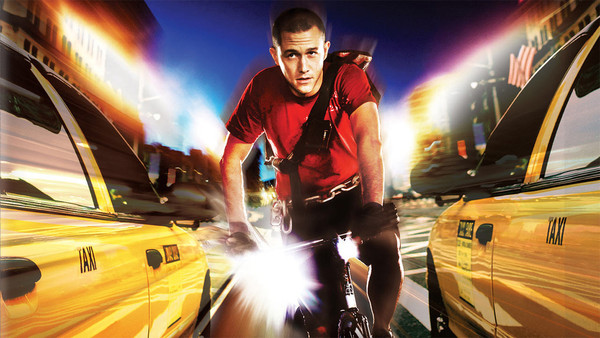How to see the future

I’ve learned to anticipate what’s going to happen. You can, too, if you combine experience with seeing.
I’ll be bombing down a busy city street on my bike, as I have for the last 40 years. I can read the car that’s angled 15 degrees to the left, the truck idling anxiously at the red light, the parked car with the driver about to open her door into the bike lane, the brake lights and the pedestrians looking at their smartphones. I know I’d better wait behind that bus instead of squeezing through the narrow space between the bus and the truck, where there is no escape. I’m able to anticipate and predict the future. It’s why I’m not dead yet.
How did this happen? It’s a combination of two things: experience and seeing. Seeing means not just being hyperobservant, but knowing which things to look out for (and listen for) and what they mean.
[tweetthis twitter_handles=”@jbernoff”]Predicting the future takes two qualities: Experience, and being observant.[/tweetthis]
It’s not just biking.
A futurist spins scenarios about the future. An analyst, on the other hand, is a “presentist”: we know what’s happening now, what’s likely to happen, and what to do about it. I knew that people, given the chance, would take control of the TV schedule and put a huge dent in TV’s ad model. I knew the music business would shift from discs to downloads. I knew that young people would make Facebook huge and it would spread to everyone else. How did I know? Experience, and seeing. Experience watching how technology vendors behave and how companies react to digital disruption. And seeing — reading the signs of funding and revenues, looking between the lines at announcements, watching the body language of marketers and entrepreneurs.
One day I was sitting at Panera Bread with my kids, who were about six and three. They had ordered lemonade. I insisted, over their objections, that they should put the plastic lids on their cups. “I know you will spill this,” I said. Sitting at a table, 10 minutes later, they did. “How did you know that would happen, Daddy?” they asked. “Because I am analyst,” I answered. “I can predict the future.”
This is a skill worth developing. Here’s how. Ask why things happen. Look for pivotal events — in retrospect — so you can see them the next time. When you are wrong — and people who predict the future are often wrong — do three things. First, admit quickly and clearly that you were wrong. Second, adjust your prediction based on new events. And third, analyze why you were wrong and use that to hone your prediction skills. You’ll get there.
Somehow, I had a high degree of certainty that if I invested in my own writing and content and leveraged my skills for promoting that content, that my own future would benefit. Some of that murky future is clearing now. I hope I’m right.
One of the interesting elements of “seeing” is the ability – somehow – to see the gaps. See the gaps that exist now, and the ones that will exist as trends continue. It’s a curious and wonderful function of imagination – some people are much better at seeing what is (or was), while others have this strange ability to grasp what isn’t. And should be. And will be.
Then again, the spill may have been the result of a post-hypnotic suggestion:) Kids are very obedient when it comes down to it.